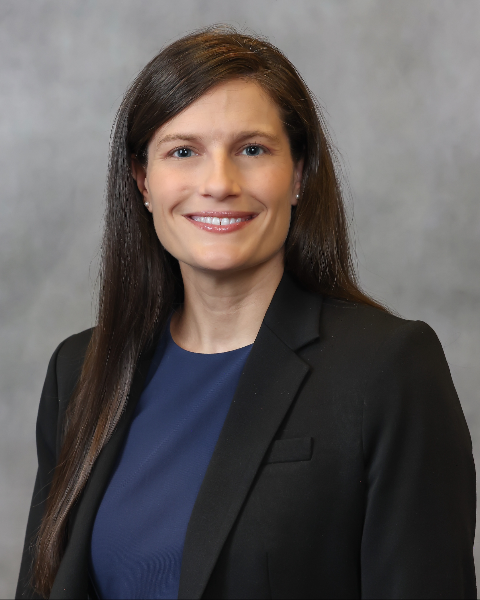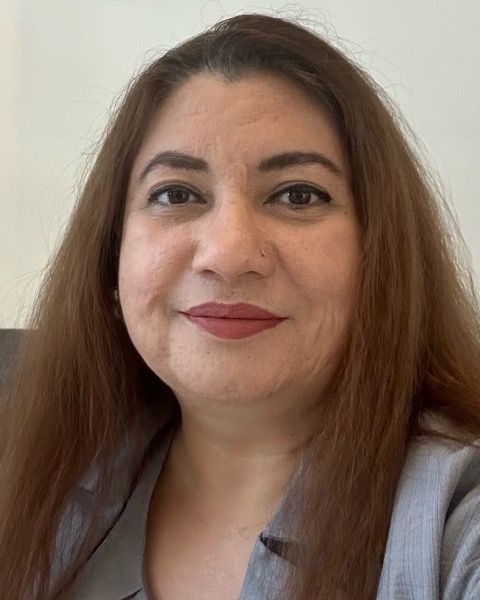Transfusion Service
A Global Perspective of Roles, Responsibilities and Impact of Transfusion Safety Officers
-

Suzanne Thibodeaux, MD, PhD, CABP(H) (she/her/hers)
Associate Professor
Washington University School of Medicine
St. Louis, Missouri, United StatesDisclosure(s): Beam Therapeutics: travel expenses to investigator's meeting (Terminated, September 11, 2023)
-

Asawari Bapat, MD, PGDHHM, CABP(H), DABRM, FABRM. (she/her/hers)
Consultant
Global Regenerative Medicine Consultant, Dubai, United Arab EmiratesDisclosure(s): No financial relationships to disclose
-
RS
Richard Schäfer, MD
Medical Director, Transfusion Services
Medical Center University of Freiburg
Freiburg, Baden-Wurttemberg, GermanyDisclosure(s): Cytena GmbH: Grant/Research Support (Ongoing)
-
NA
Nour Al-Mozain, MD, CABP, QIA
King Faisal Specialist Hospital & Research center-Riyadh, Ar Riyad, Saudi Arabia
Disclosure(s): No financial relationships to disclose
Program Chair(s)
Speaker(s)
Session Desription: Transfusion Safety Officers (TSO) are are being increasingly recognized as an important component of blood transfusion safety. A conduit for transfer of critical information regarding blood product transfusion between clinicians and laboratorians, TSO roles have evolved over time in tandem with advances in the transfusion medicine field to bring the most current best practices to the point of care of blood transfusion delivery. The role of TSOs is broad, ranging from patient-specific with individual investigations up to evaluation of system-level data. TSO roles are also dynamic and may vary in day-to-day activities to reflect various settings in which TSOs practice. Being situated at the intersection of laboratory and clinical aspects of transfusion medicine allows for TSOs to recognize trends, identify areas for potential improvement and implement strategies to optimize blood transfusion safety while also adapt across different practice settings. This session will outline the roles and responsibilities of transfusion safety officers, present inclusive and informative perspectives from different practice settings spanning across hospitals and geography, and discuss potential challenges and future directions.
Learning Objectives:
- Discuss the impact of transfusion safety officers on transfusion medicine practice
- Recognize the responsibilities of transfusion safety officers in various hospital settings
- Compare different models of transfusion safety officers in various countries
